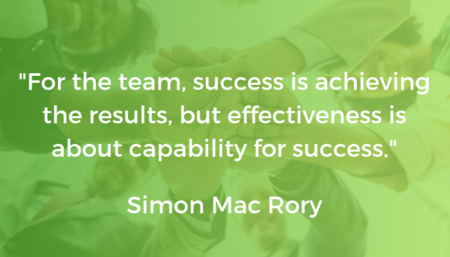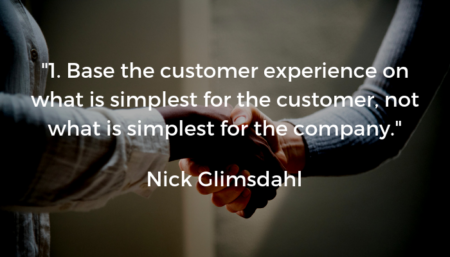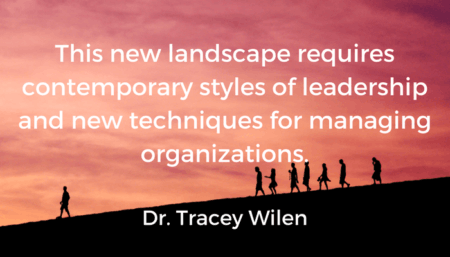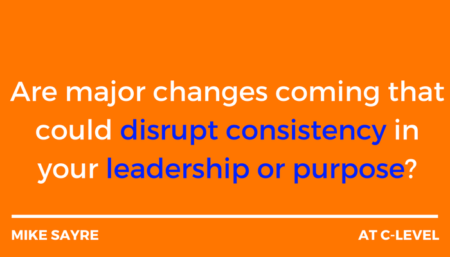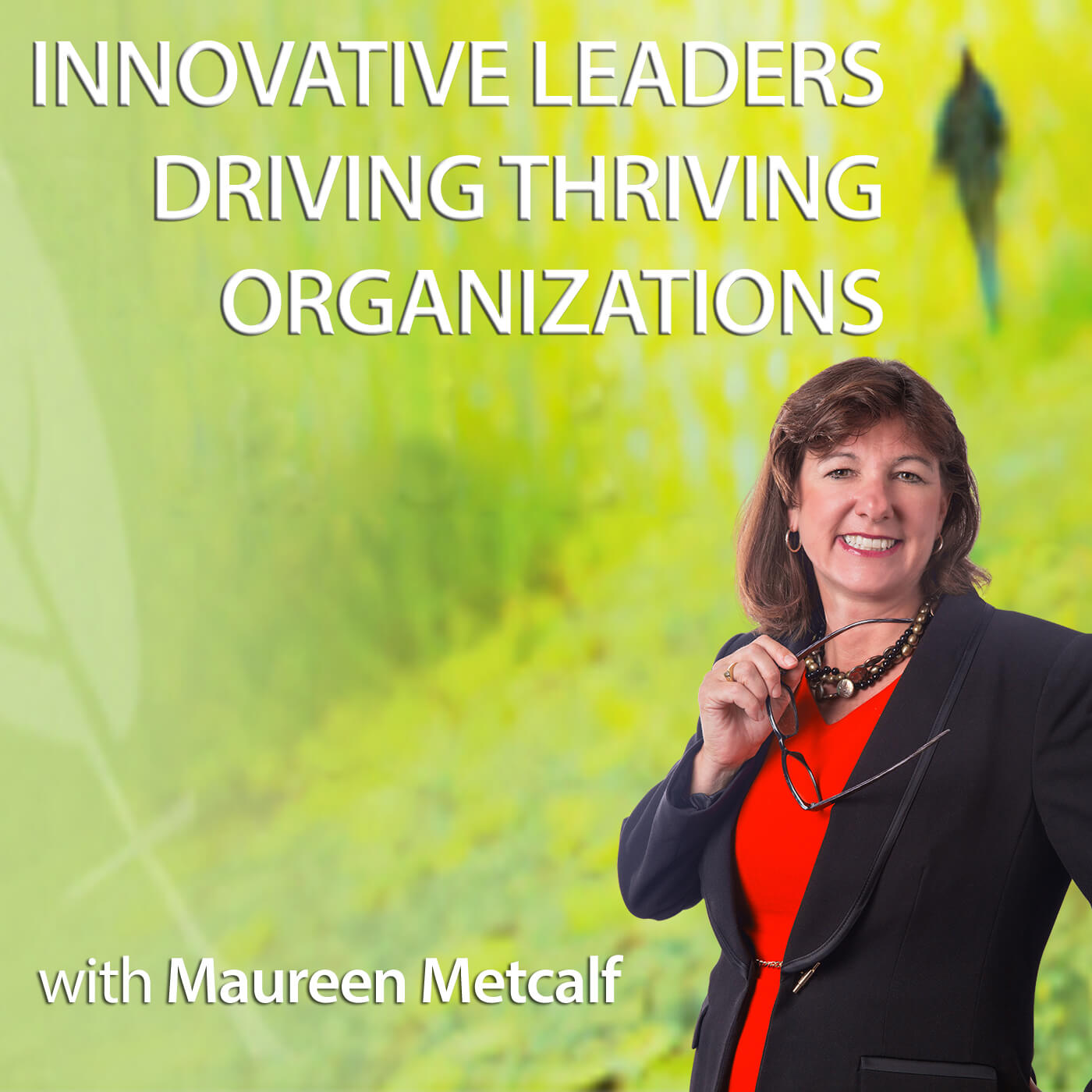Team Effectiveness, Brexit and Theresa May
This blog is a guest post by Simon Mac Rory as a companion to the November, 27 Voice America...
Read Moreby VoiceAmerica | Dec 11, 2018 | Business, VoiceAmerica | 0 |
This blog is a guest post by Simon Mac Rory as a companion to the November, 27 Voice America...
Read Moreby VoiceAmerica | Nov 8, 2018 | Business | 0 |
This post by Nick Glimsdahl is the companion to an interview with Michelle Harrison, CEO of Kanter...
Read Moreby VoiceAmerica | Apr 17, 2018 | Business | 0 |
This post is the companion to a Voice America interview with Tracy Wilen, researcher and...
Read Moreby VoiceAmerica | Mar 27, 2018 | Business | 0 |
At C-Level #17: Embedding Transformations March 22, 2018/0 Comments/in At “C”...
Read Moreby VoiceAmerica | Oct 24, 2017 | Empowerment | 0 |
This blog is a companion to the interview with Karen Sands on VoiceAmerica “Innovative Leaders Driving Thriving Organizations” on October 24, 2017 Navigating the Graying Demographic: Rock Your Age and Manage...
Read Moreby VoiceAmerica | Aug 31, 2017 | Business | 0 |
This post is a companion to one or our top Voice America Interviews featuring Mike Morrow-Fox...
Read Moreby VoiceAmerica | Jul 12, 2017 | Business | 0 |
This post was originally posted on Forbes.com in September 2016. During the industrial revolution,...
Read Moreby VoiceAmerica | Feb 15, 2017 | Business | 0 |
This blog is drawn from a paper published by Jim Ritchie-Dunham & Maureen Metcalf, Co-hosting:...
Read More

